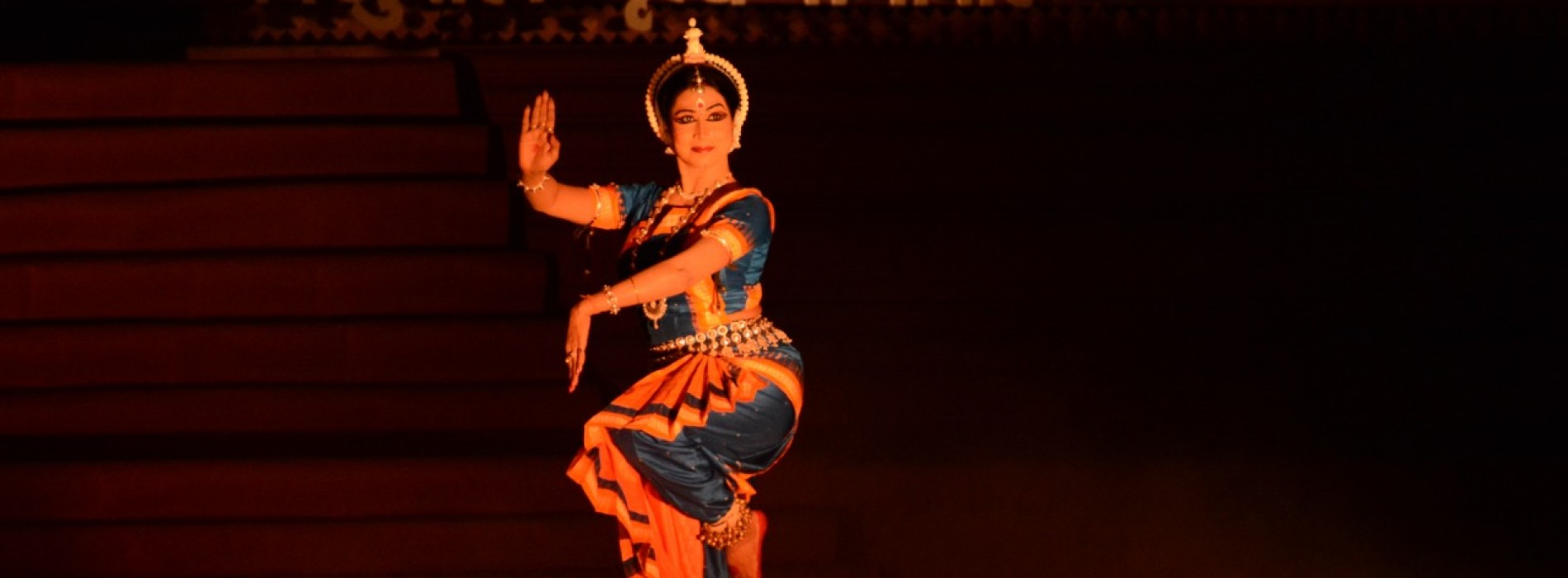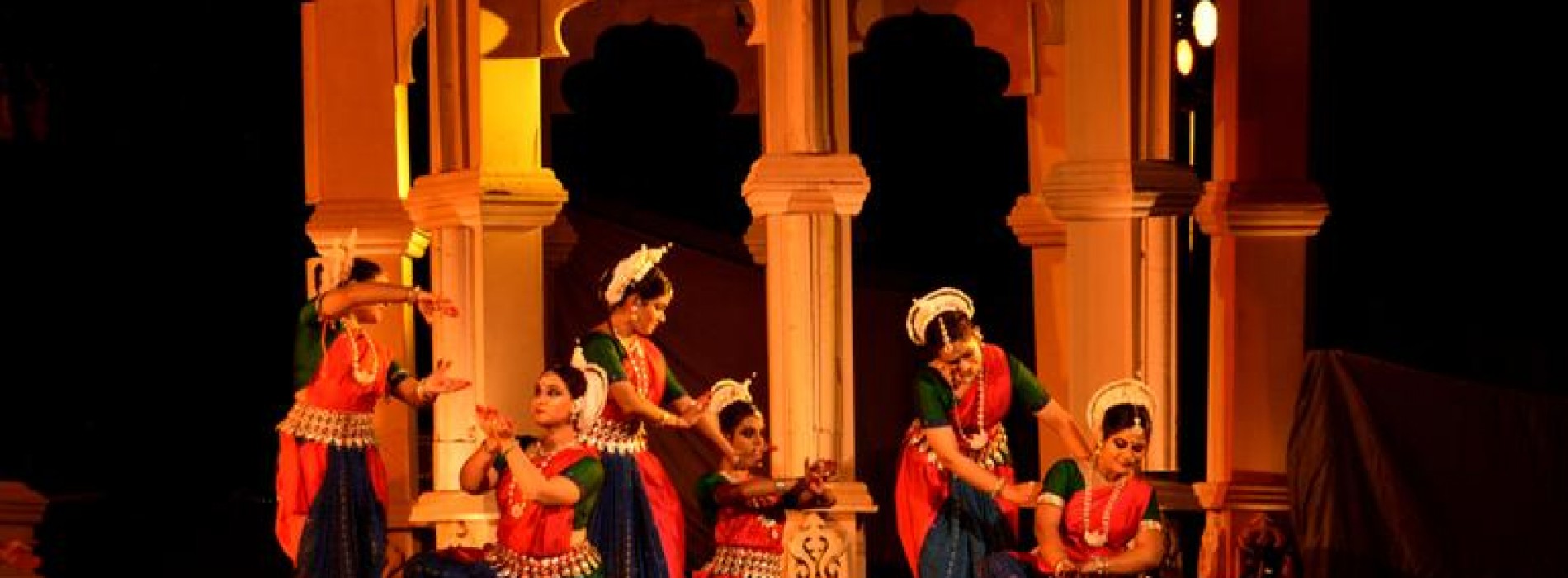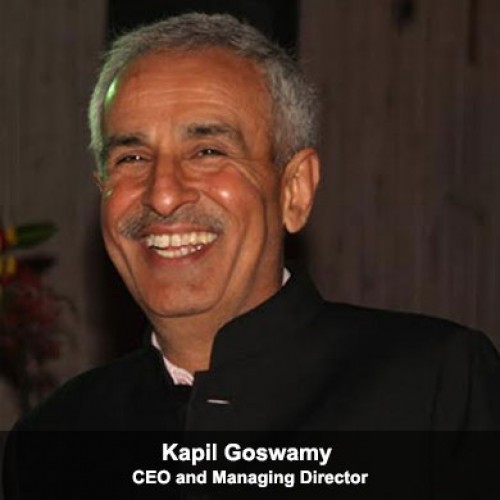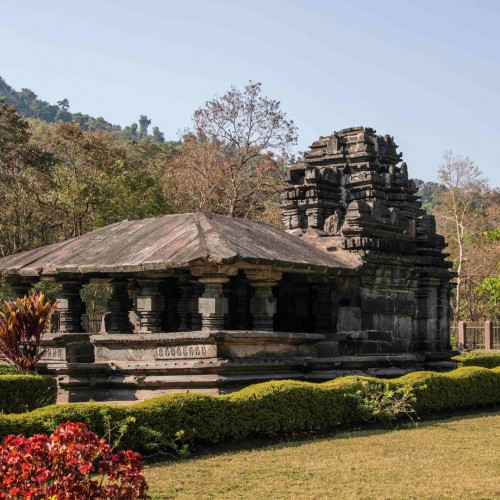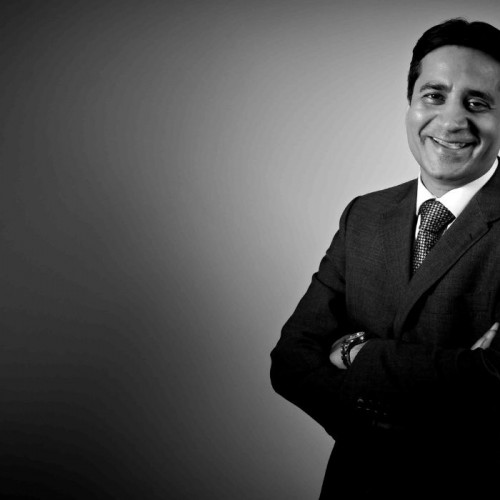Khajuraho Dance Festival: panorama of cultural heritage
Words by Suman Bajpai
The seven-day Khajuraho Dance Festival (February 20th to February 26th, 2022) was a once-in-a-lifetime opportunity to see Indian traditional dance forms. It celebrated life, rhythm, and happiness and enthralled the audience. Famous Indian classical dancers performed in Odissi, Kathak, Kuchipudi, and Bharatanatyam styles. Apart from the traditional classical dance forms (a UNESCO world heritage site), modern Indian dance has made its presence felt at the 48th Khajuraho Dance Festival.
Spectacular backdrop
Khajuraho is one of the most fascinating temple groups in India. The temple has an awe-inspiring association with classical dance forms. Dance is a celebrated art form in Hindu mythology. The carvings of the temples are treasured pieces of carved art that range from day-to-day lifestyle to karmic sexual activities. In the olden times, the temples were the focal point for the art of dance. The Khajuraho Dance Festival started in 1975, paying tribute to the classical dance, music, and art of India. Every year, a week-long festival for classical dances is held in February or March against the spectacular backdrop of the magnificently lit temples.
The various forms of dance were performed in an open-air auditorium in front of the Chitragupta Temple dedicated to Surya (the Sun God) and the Vishwanatha Temple dedicated to Lord Shiva. The melodious and rhythmic sounds of the classical instruments (mridangam, tanpura, table, flute, ghungroo, etc.) added to the ambience. People watching the dances were dancing with the steps, sitting on the chairs, admiring every move of the performer. Their eyes were glued to the expressions and movements of the dancers. It was a place for music and art lovers to watch dances against the backdrop of temples, which has always been a significant part of Hindu mythology.
The dance festival is being organised with the joint effort of Ustad Alauddin Khan Sangeet and Kala Akademi Madhya Pradesh Sanskriti Parishad of the Culture Department, Madhya Pradesh Tourism Board, Archaeological Survey of India and District Administration Chhatarpur. At this gala event, ambassadors and high commissioners from Korea, Argentina, Vietnam, Brunei, Finland, Malaysia, Thailand, and Laos attended.
Cultural landscape
The festival was inaugurated on Sunday, July 20th, by Governor Mangubhai Patel. Speaking on the occasion, he said that the exquisite stone art of Khajuraho will get global recognition with the Khajuraho Dance Festival. It will leave an indelible mark not only on the state and the country but also on the cultural landscape of the world.
State culture and tourism minister Usha Thakur said that spirituality is the underlying vision of all the arts in India. Dance styles have emerged from the traditions of temples in India. The sculptures of Khajuraho in the form of these rhythmic dance postures are the living tableaux of Indian philosophy. It is a journey from the outer world to the inner world.
Mesmerizing performances
On the first day of the Khajuraho dance festival, the disciples of Pandit Birju Maharaj, from Kalashram, New Delhi, gave an enchanting performance of the Kathak group. The rhythm of the feet on the beat of the tabla captivated the audience. In this sequence, an attractive presentation of Bharatnatyam group dance was given by Shanta-VP Dhananjayan and her group. The mesmerising performances of the accomplished artists in a musical environment with traditional costumes captivated the audience. On the second day of the ceremony, Odissi by Sujatha Mohapatra, Bhubaneshwar, Bharatnatyam by Nirupama Rajendra, Bengaluru, Kathak by Samagama, and Kuchipudi by Jairama Rao, and group on the second day of the ceremony.
On the third day, Mohiniyattam, presented by Neena Prasad, Bharatnatyam group dance led by Parshvnath Upadhyay, and Kathak by Tina Tambe stole the show. On the fourth day, Kathak by Sonia Parchure, a mix of Bharatnatyam and Kathakali presented by Kalamandalam Sunil and Paris Lakshmi, and Kathak and Udarta Netuma by Ragini Nagar and Danuka Ariyawansa enthralled the viewers on the fourth day. On the 5th day, Sandhya Purecha and her team performed Bharatnatyam dance, and Shraveri Jamenis performed Kuchipudi with her team. On the 6th day, Rudraksha Foundation brightened the stage with its Odissi dance, and transgender Devika left the audience in awe with her Kathak dance. On the last day, Shama Bhate and her team, Tapasya, Shweta Davendra, and Kshama Malviya, and their groups, turned the evening into a celebration. It felt as if the dance performances presented by the renowned artists, the rhythm and beat of their steps, had put life into the sculptures of Khajuraho, which are the living representations of Indian philosophy and heritage.
Honors conferred
During the festival, the Rashtriya Kalidas Samman of the MP government was given for classical dance to Sunaina Hazari Lal for the year 2019–20 and Shanta and V.P. Dhananjayan for the year 2020–21. They were given prize money of Rs 2 lakh, a plaque of honor, a shawl, and a shriphal. Also, the Rajya Roopankar Kala awards were presented for the year 2022. The Devkrishna Jatashankar Joshi Award was given to Priya Sisodia of Badnavar, the Mukund Sakharam Bhand Award to Swapan Tarafdar of Indore, the Dattatreya Damodar Devlalikar Award to Narendra Jatav of Ashoknagar, the Jagdish Swaminathan Award to Sanjay Dhawale of Ashok Nagar, the Vishnu Chinchalkar Award to Muni Sharma of Gwalior, the Narayan Shridhar Bendre Award to Agnesh Kerketta of Bhopal, the Raghunath Krishnarao Phadke Award to Rituraj Shrivastava of Jabalpur, the Ram Manohar Sinha Award to Jyoti Singh of Sagar and the Lakshmi Shankar Rajput Award to Sonali Chouhan (Peethwe) of Dewas.
An art exhibition is another draw.
The art exhibition Art-Mart from other countries of the world, including India, Kalavarta, a dialogue between artists and art experts, and the art contribution of senior painter Shri Laxminarayan Bhavsar also took place during the festival.
Shri Yuvraj Padole, Dy. Director, Events & Marketing, said, “It’s an internationally acclaimed festival and it’s happening again after Covid, so the excitement has doubled.” So, the scale is very high. That is the reason we have added some new activities to the festival, especially tourism-related activities. We have organised rural visits, village tours, heritage walks, cycling and Segway tours. And for the benefit of the tourists who come to Khajuraho during this festival time, we have organised a daily bus service to Dubela museum from Khajuraho, which is a very, very famous ancient museum in Bundelkhand. Some small trips to nearby sites were also organized.
This year, a 5-km ‘Dil Khel Ke Ghoomo’ marathon was also organised under the banner of the “Safe Tourism Project for Women” at the event. It aims to create a sense of security among women in tourist destinations with the slogan “Hindustan Ke Dil Mein Aap Safe Hain”.
Along with the renowned performers, a number of craftsmen display their crafts to the visitors. Also, there is an open market for local articles for sale.
The fourth edition of the “Khajuraho Heritage Run” was also organised at Khajuraho on February 27, 2022, by Madhya Pradesh Tourism and Go Heritage Run to attract visitors and locals. More than 300 participants were flagged off by Shri Yuvraj Padole, Deputy Director Events & Marketing, Madhya Pradesh Tourism and Shri Meerendra Rana, Regional Manager, Khajuraho, MPSTDC Hotels and Resorts.
The magnificent Lakshmana and Vishwanath Temples served as perfect backdrops befitting the mission and purpose of promoting heritage tourism destinations.
The run was divided into 5 km, 10 km, and 21 km segments. Special commemorative T-shirts were provided to all, and participation certificates and beautiful medallions were also presented. Ajay Mohan Reddy, Founder, Go Heritage Run, said, “It was a fun run and focused on attracting people to the destinations.” On our run today we started from the western groups of temples in Khajuraho, then we passed the Shiv Sagar lake, Chausat Yogini temple, and one of the oldest bridges in Khajuraho, but we u-turned for the 10 km to Chaturbhuj temple, which is the southern group of temples. This is also a world heritage site, and then we come back to the start line. ” He was happy to see the response received and hoped for greater and also more international participation in the 2023 edition of the run.
How to reach
By air: Khajuraho has its own airport. The domestic air terminal is connected with various cities in India. The monuments are just 12 km away from the airport, which can be reached by buses, taxis, and cabs.
By Rail: Khajuraho city has its own railway station. The monuments are just 5 km from the railhead. It has a good railway network with major cities in India.
By Road: Khajuraho enjoys smooth connectivity by road to cities in Madhya Pradesh and all over India. State-owned buses, taxis, and private vehicles make commuting within the city convenient.
You might also like
Trans India Holidays launches Bigbreaks.com
Trans India Holidays has launched a Travel Portal, Bigbreaks.com in January 2016. Big Breaks is headed by Kapil Goswamy, who is also the CEO and Managing Director of Trans India
SpiceJet CMD Ajay Singh awarded ‘EY Entrepreneur of the year 2017 for Business Transformation’
SpiceJet Chairman and Managing Director Ajay Singh — widely acknowledged as a turnaround specialist — was named ‘Indian Entrepreneur of the Year 2017 for Business Transformation’ by Ernst & Young
American Express Global Business Travel Completes Acquisition of Hogg Robinson Group
American Express Global Business Travel (GBT) has successfully completed the acquisition of Hogg Robinson Group plc (HRG), a global B2B services company specializing in travel management. The combined group is



